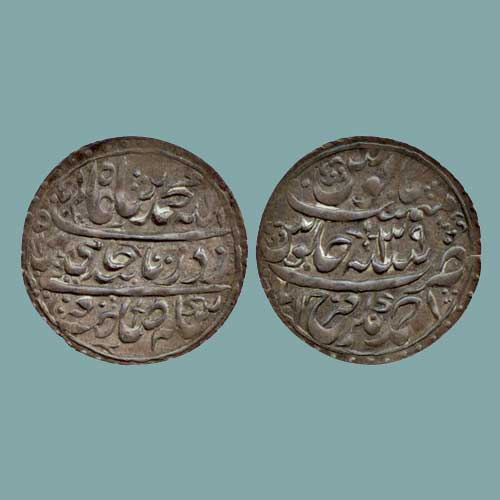When traders became administrators Part 2
2017-09-25 Mon
The East India Company (EIC) gains its trade monopoly in India by 1642.This event was the turning point in Indian history but it’s not well known, how all this started? How was the founding stone kept that established this full-scale trade of EIC in India?In 1633 a group of ‘eight’ Englishmen obtained a permit to trade with Bengal from the Nawab of Orissa. Hence, trading factories were established at Balasore and Hariharpur. In 1651, an English surgeon named Broughton acquired a permit to trade with Bengal. Factories were established at Hugli, Kasimbazar, Balasorre and Patna. The importance of Calcutta in terms of trade started increasing and on December 20, 1699, Calcutta was declared a Presidency and renamed as Fort William.
During the early trading days in Bengal, most of the ‘monies’ used were imported rupee from Madras Factory these coins were similar to Arcot type. But after the victory of Robert Clive in the Battle of Plassey, a peace treaty was signed one of the terms in it gave the right to make Mughal type coinage.
One example of this demand is the above-shown a Silver nazarana rupee coin which belongs to the Bengal Presidency. The obverse of this coin depicts full title of king, within the dotted border. The reverse of this coin inscribes the mint Ahmednagar-Farukhabad, date AH1218 / RY 39.
The EIC got the possession of Bengal, Orissa and Bihar in 1765 by Emperor Shah Alam. The shift of the territories and the political power made EIC responsible directly under the Emperor. Many mints were established by EIC.
The supremacy of EIC on Bengal became stronger after the battle of Plassey. Later on, the Battle of Buxar hammered the nail of East Indian Company’s administration in the northern belt of India. These Battles triggered the start of colonialism and slavery for coming two centuries in India. These all events took place due to the greed of few traders who wanted a huge profit with less investment.
To know more about Bengal presidency click here .
Latest News
-
Ghiyath Shah as Sultan
2025-10-17 FriAfter ascending the throne of the Malwa Sultanate, Ghiyath Shah issued circular coins early in his r...
-
Malwa Sultan Ghiyath Shah Square Gold Tanka
2025-10-16 ThuMalwa Sultan Ghiyath Shah issued square gold tankas in three weight standards: Double Tanka (21.9g),...
-
Malwa Sultan Ghiyath Shah's Billon Tanka as Heir Apparent
2025-10-14 TueIn Billon, Ghiyath Shah issued coins under two weight standards. Billon Tanka of 96 rati (10.7-11g),...
-
Antiochos I Soter Silver Tetradrachm, weighing 16.87 grams, sold for INR 22,000.
2025-10-07 TueAntiochos I, the Greek king of the Seleucid Empire, was of mixed heritage, being half-Iranian and ha...
-
Ghiyath Shah as Heir Apparent
2025-09-25 ThuGhiyath Shah was the ruler of the Malwa Sultanate, reigning from 1456 to 1500. From 1456 to 1469, he...

